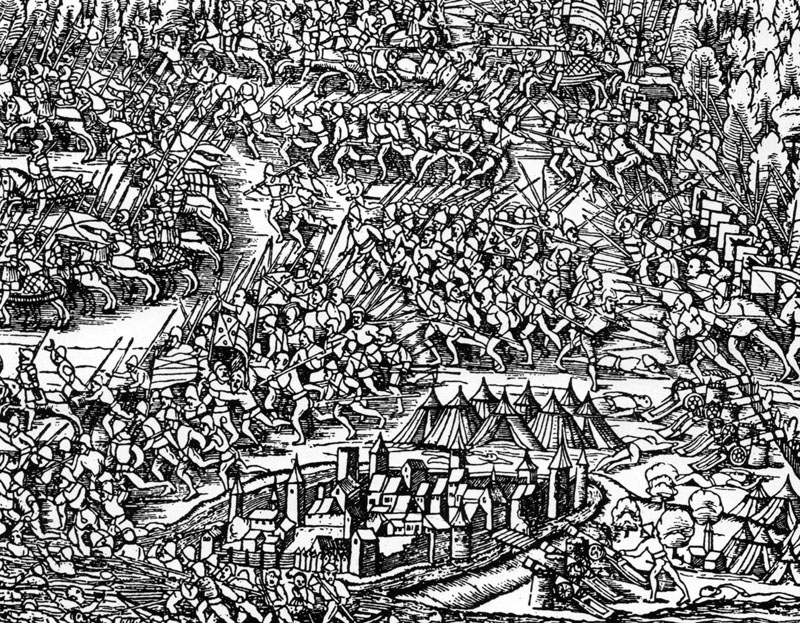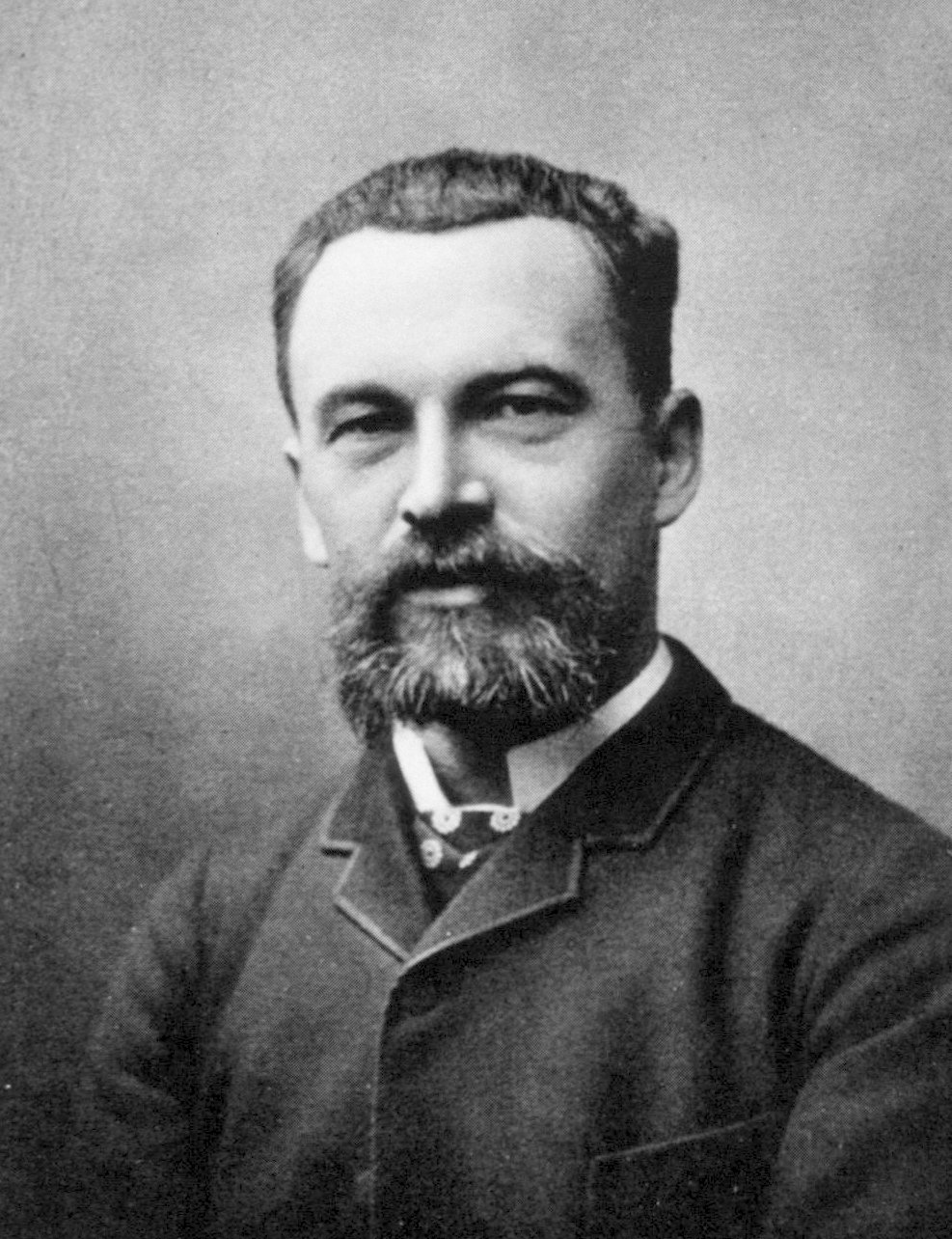|
Morat
Morat may refer to: * Morat, Switzerland, or Murten, a town in Switzerland * Battle of Morat (1476), between the Swiss Federation and Charles I, Duke of Burgundy * Morat (band), a Colombian folk band * Morat, a type of mead that uses mulberries. See mead#List of mead variants. People with the surname * Jean-Pierre Morat (1846–1920), French physiologist * Philippe Morat (born 1937), French botanist * Rose Morat (1906–2013), American mugging victim {{disambiguation, surname ... [...More Info...] [...Related Items...] OR: [Wikipedia] [Google] [Baidu] |
Morat (band)
Morat is a Colombian band formed in the country's capital city, Bogotá. The band is formed by Juan Pablo Isaza (guitars and vocals), Juan Pablo Villamil (banjo and vocals) and the brothers Simón Vargas (bass and choruses) and Martín Vargas (percussion and choirs). Previously, until the end of 2016, drummer Alejandro Posada had been in the band. However, the percussionist had to leave the project, being subsequently replaced by Martín Vargas. History Formation The members of Morat have known each other since they were five years old. They started playing together several times and, when they finished their formation, they decided to create a band. Some of their musical influences are Joaquín Sabina, Eric Clapton and Bacilos. The band's original name was "Malta". The name was inspired by a pet owned by Isaza. They switched to "Morat" because it was the surname of an ancestor of Alejandro Posada, former member of the band. The name was also inspired by the farm where the b ... [...More Info...] [...Related Items...] OR: [Wikipedia] [Google] [Baidu] |
Morat, Switzerland
Murten (German language, German) or Morat (French language, French, ; frp, Morât ) is a bilingual Municipalities of Switzerland, municipality and a city in the See (district of Fribourg), See district of the Cantons of Switzerland, canton of Fribourg (canton), Fribourg in Switzerland. It is located on the southern shores of Lake Morat (also known as Lake Murten). Morat is situated between Neuchâtel and Fribourg and is the capital of the See/Lac District of the canton of Fribourg. It is one of the municipalities with a majority (about 75%) of German speakers in the predominantly French-speaking Canton of Fribourg. On 1 January 1975 the former municipality of Burg bei Murten merged into the municipality of Murten.Nomenklaturen – Amtliches Gemeindeve ... [...More Info...] [...Related Items...] OR: [Wikipedia] [Google] [Baidu] |
Battle Of Morat
The Battle of Morat (also known as the Battle of Murten) was a battle in the Burgundian Wars (1474–77) that was fought on 22 June 1476 between Charles the Bold, the Duke of Burgundy, and a Swiss Confederate army at Morat/Murten, about 30 kilometres from Bern. The result was a crushing defeat for the Burgundians at the hands of the Swiss. Background Stung by his defeat by the Swiss Confederation ). Swiss law does not designate a ''capital'' as such, but the federal parliament and government are installed in Bern, while other federal institutions, such as the federal courts, are in other cities (Bellinzona, Lausanne, Luzern, Neuchâtel ... at Battle of Grandson, Grandson in March 1476, Charles the Bold, Duke of Burgundy, reorganised his tangled but otherwise mainly intact army at Lausanne. By the end of May he once again felt ready to march against the Confederates to recover his territories and fortifications in the Pays de Vaud, then march on and attack the city of Bern ... [...More Info...] [...Related Items...] OR: [Wikipedia] [Google] [Baidu] |
Philippe Morat
Philippe Morat (born 19 January 1937, in Saigon) is a researcher mainly in the field of tropical botany. He is a corresponding member of the French Academy of Sciences. Biography Agricultural engineer from the Ecole nationale supérieure agronomique de Toulouse, he was admitted to the Institut de recherche pour le développement (IRD) in 1960 in the tropical botany section where he remained until 1986, successively in charge, master then research director during his assignments in Madagascar (12 years) and New Caledonia (9 years). After obtaining a PhD from the University of Paris-Sud in 1972 on the origin of the savannas of south-western Madagascar,1973- ''Les savanes du Sud-Ouest de Madagascar''. Mémoires ORSTOM n° 68, 235 p. he turned his attention to taxonomyEtude systématique et familles : Poaceae, Eriocaulaceae, Arecaceae, Orchidaceae Asclepiadaceae, Malvaceae, Polygalaceae, Oncothecaceae, Trimeniaceae. and phytogeography. Appointed Professor at the National Museum of Na ... [...More Info...] [...Related Items...] OR: [Wikipedia] [Google] [Baidu] |
Jean-Pierre Morat
Jean-Pierre Morat (18 April 1846 – 25 July 1920) was a French physiologist born in Saint-Sorlin, department Saône-et-Loire. He studied medicine at École de médecine de Lyon, traveling to Paris in 1873, where he presented his dissertation-thesis on bone marrow, "''Contributions à l’étude de la moelle osseuse''". He remained in Paris for three years, working in the laboratory of Claude Bernard (1813–1878), of whom, Morat became a devoted disciple. In Paris, he worked closely with veterinarian Henri Toussaint (1847–1890) and physiologist Albert Dastre (1844–1917). With Toussaint, he collaborated on "''Les variations de l’état électrique des muscles''" (Variations of the electrical state of muscles), and with Dastre, he undertook extensive research of the sympathetic nervous system. With Dastre, the "Dastre-Morat Law" is derived, a dictum which states that "the vasoconstriction of the capillaries of the body surface is usually accompanied by vasodilation of the in ... [...More Info...] [...Related Items...] OR: [Wikipedia] [Google] [Baidu] |
Mead
Mead () is an alcoholic beverage made by fermenting honey mixed with water, and sometimes with added ingredients such as fruits, spices, grains, or hops. The alcoholic content ranges from about 3.5% ABV to more than 20%. The defining characteristic of mead is that the majority of the beverage's fermentable sugar is derived from honey. It may be still, carbonated, or naturally sparkling; dry, semi-sweet, or sweet. The term honey wine is sometimes used as a synonym for mead, although ''wine'' is typically defined to be the product of fermented grapes or certain other fruits, and some cultures have honey wines that are distinct from mead. The honey wine of Hungary, for example, is the fermentation of honey-sweetened pomace of grapes or other fruits. Mead was produced in ancient times throughout Europe, Africa, and Asia, and has played an important role in the mythology of some peoples. In Norse mythology, for example, the Mead of Poetry, crafted from the blood of Kvasir (a wise ... [...More Info...] [...Related Items...] OR: [Wikipedia] [Google] [Baidu] |



